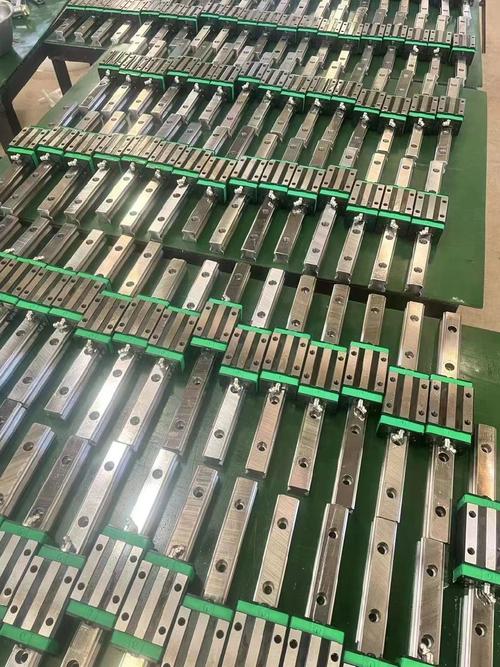Top 5 Industrial Ball Bearings: Types, Applications, and Maintenance Tips
Industrial ball bearings are precision-engineered components designed to reduce rotational friction and support radial and axial loads in machinery. Widely used in automotive, aerospace, and manufacturing sectors, these bearings ensure smooth operation and extended equipment lifespan through their rolling-element design.
Table of Contents
1. Types of Industrial Ball Bearings2. Applications of Ball Bearings in Heavy Machinery
3. How to Maintain Industrial Ball Bearings
4. Ball Bearing Failure Analysis
5. Choosing the Right Ball Bearing Size
1. Types of Industrial Ball Bearings

Industrial ball bearings come in various configurations to meet specific operational demands. Deep groove ball bearings handle radial and axial loads simultaneously, making them ideal for electric motors. Angular contact bearings manage combined loads at high speeds, commonly used in CNC machines. Thrust ball bearings specialize in axial load support for applications like gearboxes. Each type employs unique cage materials (steel, brass, or polymer) and lubrication systems to optimize performance...
2. Applications of Ball Bearings in Heavy Machinery
Ball bearings serve as critical components in construction equipment, mining drills, and power generation turbines. Their ability to withstand extreme pressures (up to 30,000 RPM) while maintaining precision makes them indispensable. In conveyor systems, bearings reduce energy consumption by 15-20% through friction reduction. Recent advancements include ceramic hybrid bearings for high-temperature environments exceeding 500°F...
3. How to Maintain Industrial Ball Bearings
Proper maintenance extends bearing life by 40-60%. Implement scheduled relubrication intervals using ISO VG 68 grease. Monitor vibration levels (keep below 4.5 mm/s RMS) and temperature thresholds (max 180°F). Ultrasonic testing detects early-stage pitting or brinelling. Always use proper bearing pullers during removal to prevent shaft damage...
4. Ball Bearing Failure Analysis
Common failure modes include spalling (30% of cases), lubrication breakdown (25%), and contamination (20%). Metallurgical analysis reveals overheating through blue discoloration. Implement root cause analysis (RCA) using 5 Whys methodology. Preventative measures include installing labyrinth seals and upgrading to stainless steel bearings for corrosive environments...
5. Choosing the Right Ball Bearing Size
Calculate load requirements using ISO 281 dynamic load ratings. Consider shaft diameters (standard sizes: 20mm-150mm) and housing fits (recommended H7 tolerance). For variable loads, use ABEC 5 or higher precision classes. Temperature expansion coefficients require 0.0000065 in/in°F compensation. Partner with certified suppliers who provide full dimension charts and load-life calculations...
Understanding these five critical aspects of industrial ball bearings helps optimize machinery performance. From selecting proper bearing types to implementing predictive maintenance, each factor contributes to operational efficiency. Explore how advanced sealing technologies can reduce contamination risks, or discover why proper alignment extends service life by 200%. Continue reading to master bearing selection criteria and failure prevention strategies.
Industrial ball bearings remain fundamental to modern mechanical systems. By implementing proper selection criteria, maintenance protocols, and failure analysis techniques, engineers can significantly enhance equipment reliability. Always consult bearing manufacturers for application-specific solutions and stay updated with ISO 9001:2015 standards for quality assurance.




 13869596835
13869596835